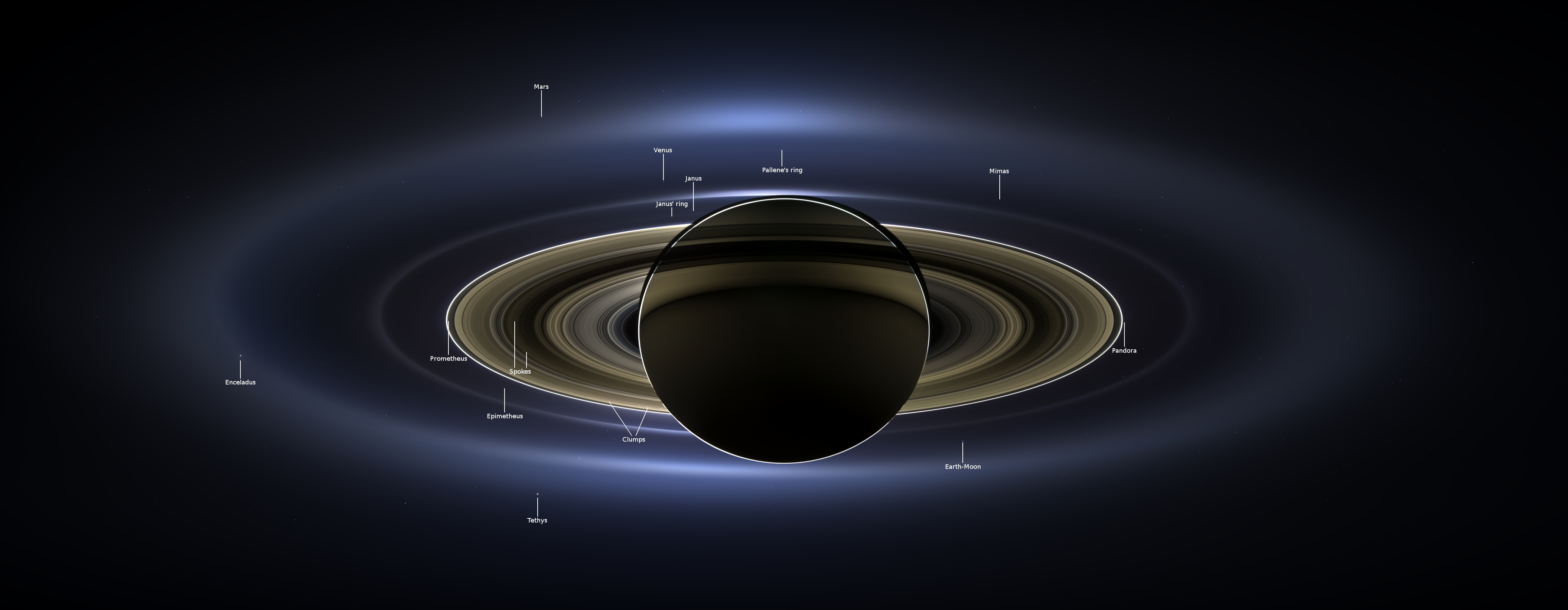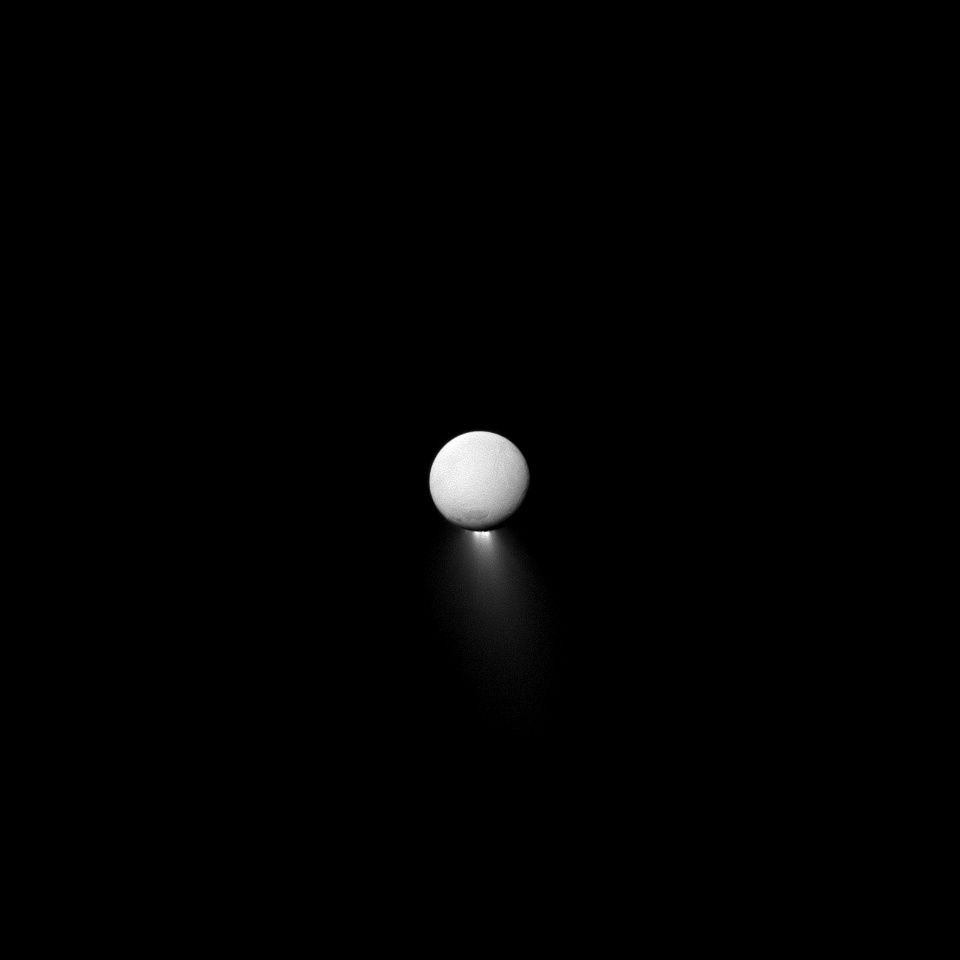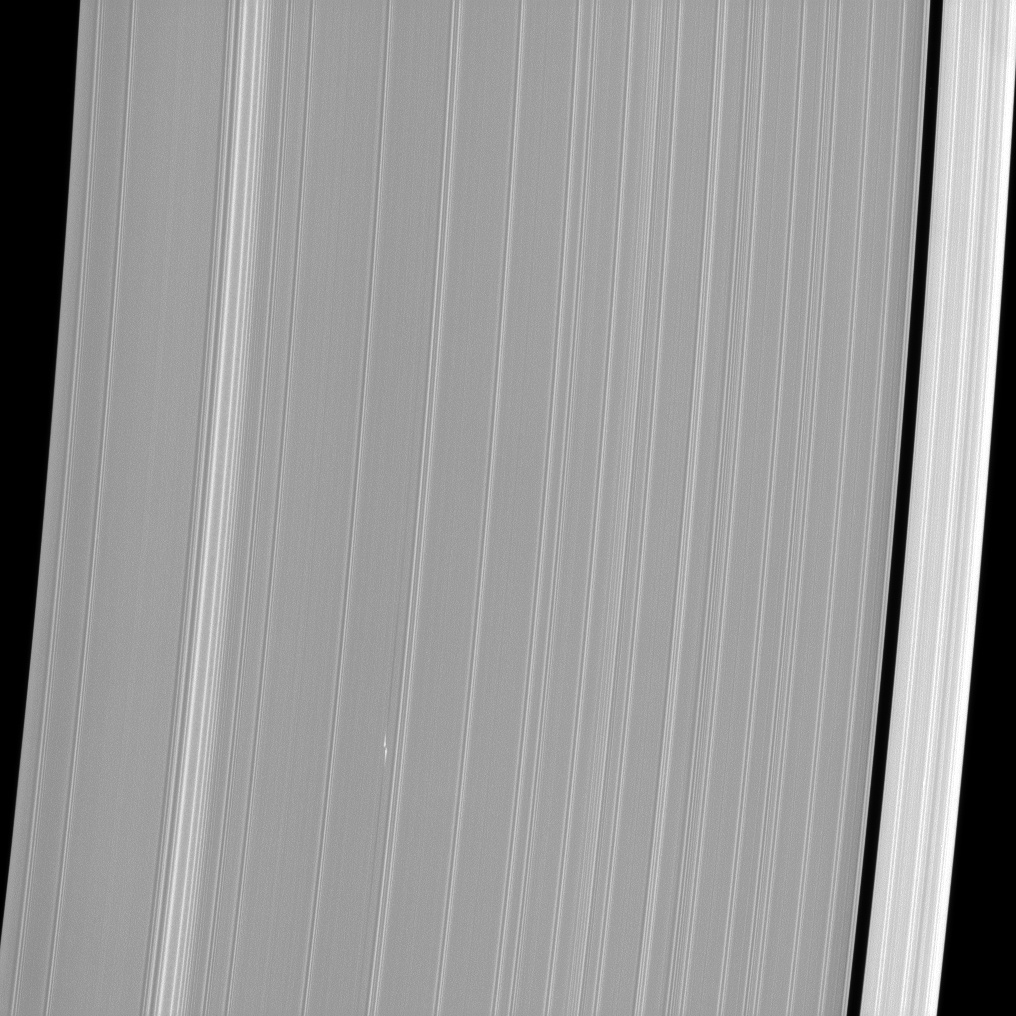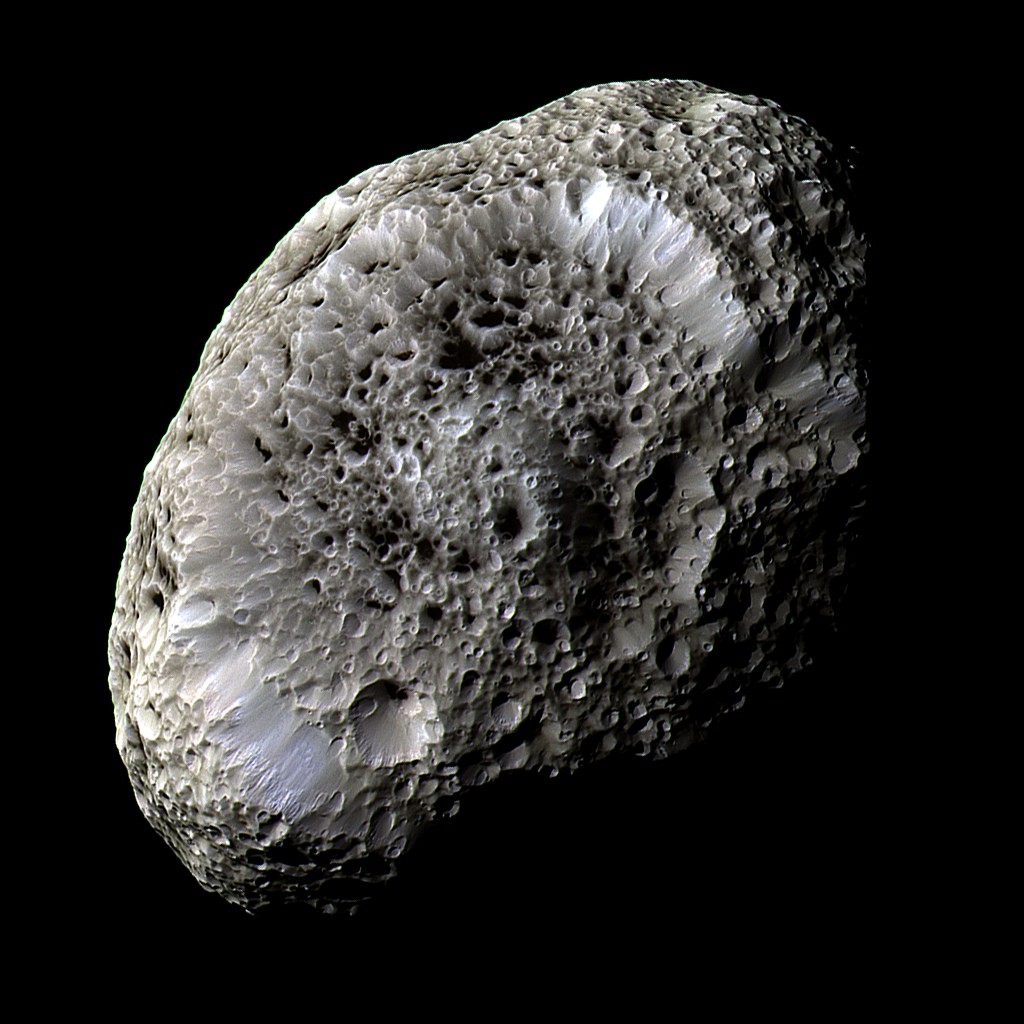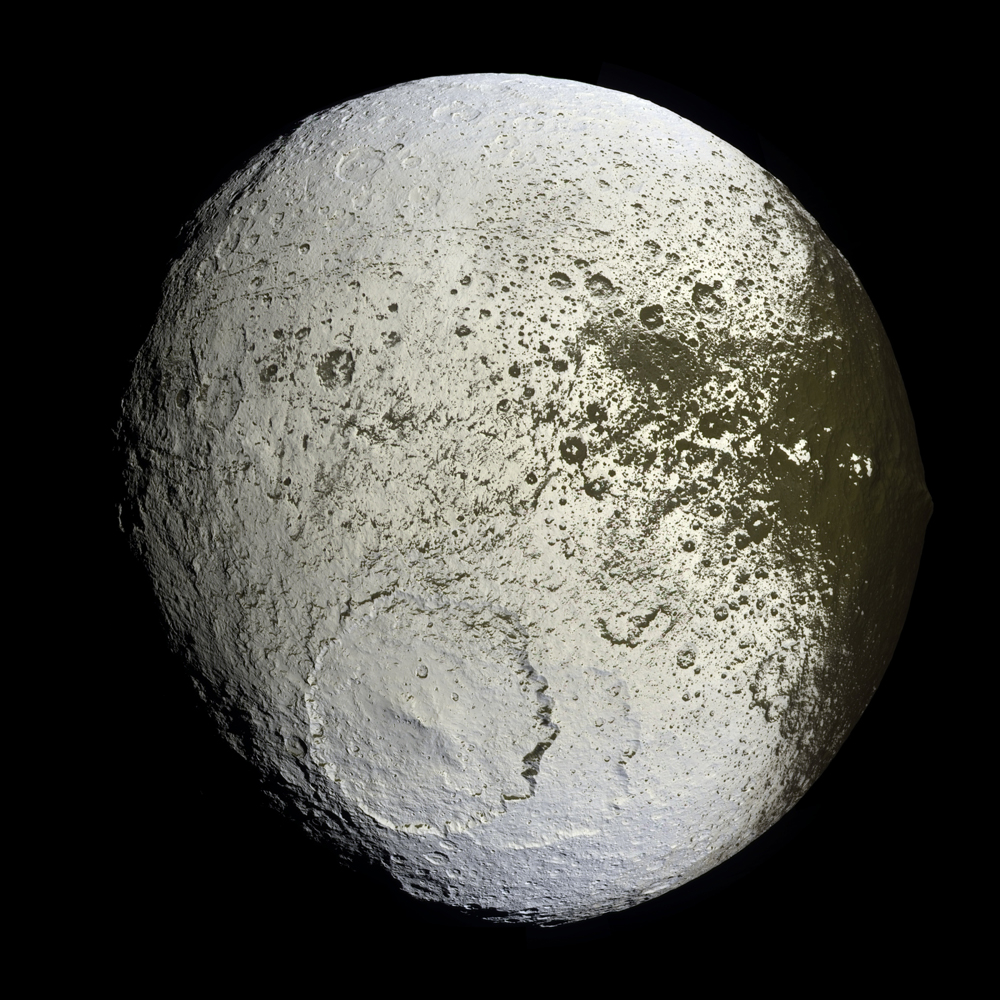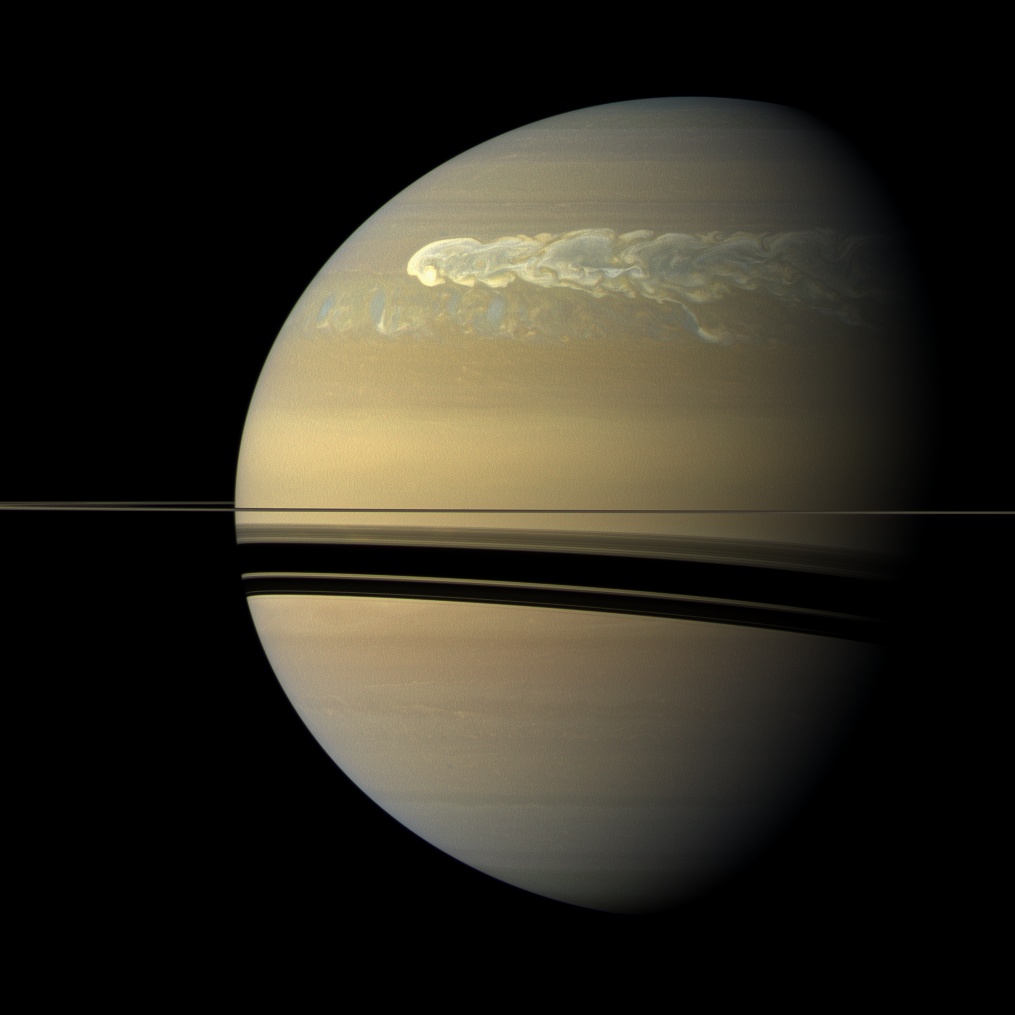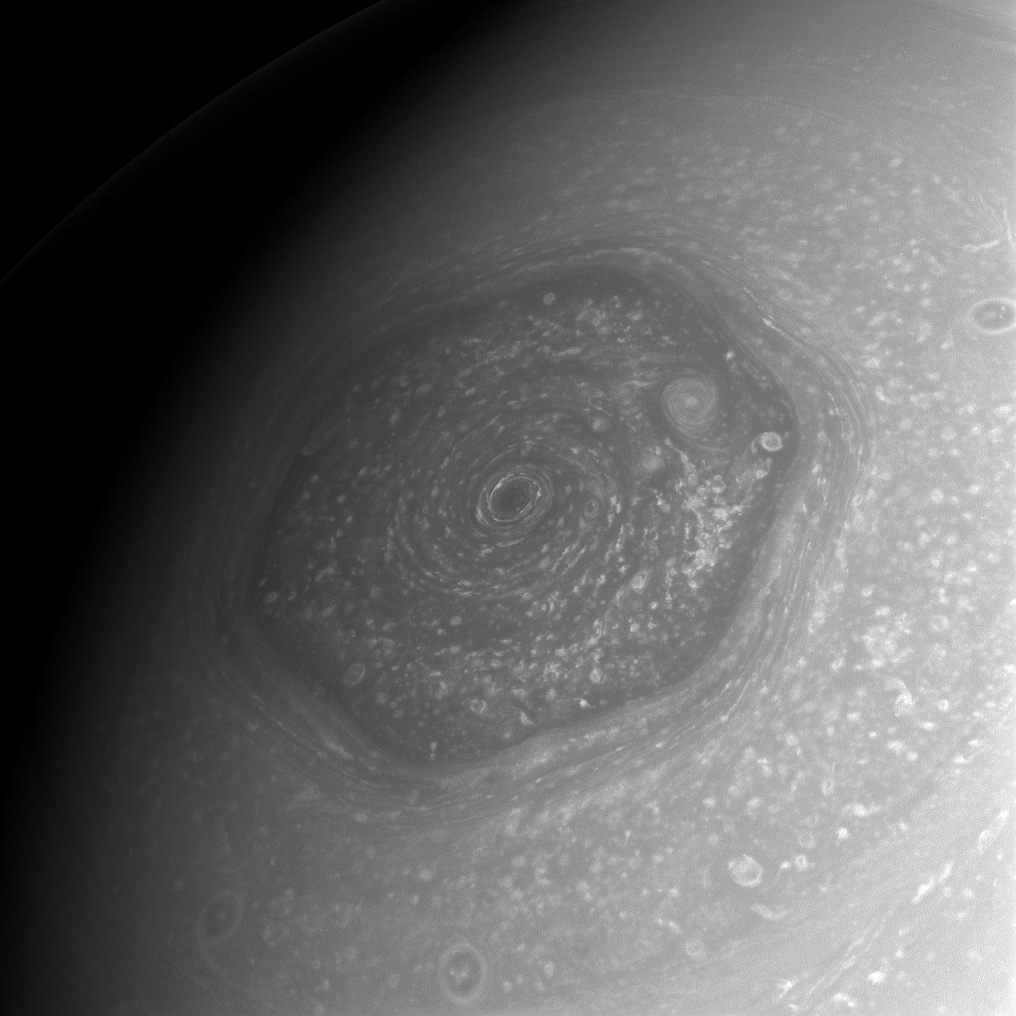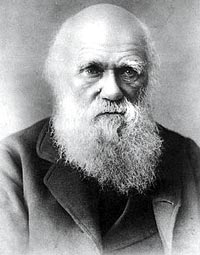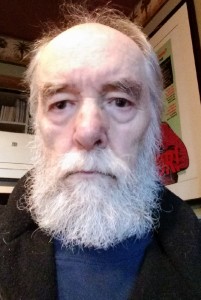Winter Winter Moon
The first day of the second quarter, April 1st, is Stefan’s birthday and was a gathering of the Woolly’s at the Red Stag. I made this note: “Here we are seen by each other. Our deep existence comes with us, no need for the chit-chat and polite conversation of less intimate gatherings. The who that I am within my own container and the who that I am in the outer world come the closest to congruence at Woolly meetings, a blessed way of being exceeded only in my relationship with Kate.”
The “doing work only I can do” thought kept returning, getting refined: “With writing, Latin and art I have activities that call meaning forward, bringing it into my life on a daily basis, and not only brought forward, but spun into new colors and patterns.” april 2 On the 13th this followed: “Why is doing work only I can do important to me? Mortality. Coming at me now faster than ever. Within this phase of my whole life for sure. Individuation. It’s taken a long time to get clear about who and what I’m for, what I’m good at and not good at. Now’s the time to concentrate that learning, deepen it.”
The best bee year we’ve had started on April 16th with discovering the death of the colony I thought would survive. While moving and cleaning the hive boxes, I wrenched back and the pain stayed with me. That same day the Boston Marathon bombing happened. In addition to other complicated feelings this simple one popped up: “The most intense part of my initial reaction came when I realized what those feelings meant, the emptiness and the sadness and the vacuum. They meant I am an American. That this event was about us, was done to us.”
Another theme of this quarter would be my shoulder, perhaps a rotator cuff tear, perhaps nerve impingement caused by arthritis in my cervical vertebrae. Maybe some post-polio misalignment. But over the course of the quarter with a good physical therapist it healed nicely.
Kate went on a long trip to Denver, driving, at this time, for Gabe and Ruth’s birthdays. While she was out there teaching Ruth to sew, Ruth asked her, “Why did you become a doctor instead of a professional sewer?” When Kate is gone, the medical intelligence of our house declines precipitously. That means doggy events can be more serious.
Kona developed a very high fever and I had to take her to the emergency vet. She had a nodule on her right shoulder which we identified as cancerous. This meant she had to have it removed. At this point I was moving her (a light dog at maybe 40 pounds) in and out of the Rav4 with some difficulty because of my back.
This was the low point of the year as Kona’s troubles and my back combined to create a 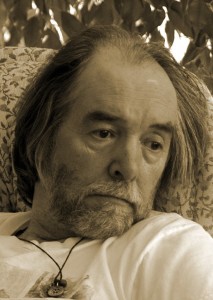 dark inner world. The day I picked Kona up from the Vet after her surgery was cold and icy, but my bees had come in and I had to go out to Stillwater to get them, then see my analyst, John Desteian. That day was the nadir. I was in pain and had to go through a lot of necessary tasks in sloppy slippery weather. That week Mark Odegard sent me this photograph from a while ago Woolly Retreat.
dark inner world. The day I picked Kona up from the Vet after her surgery was cold and icy, but my bees had come in and I had to go out to Stillwater to get them, then see my analyst, John Desteian. That day was the nadir. I was in pain and had to go through a lot of necessary tasks in sloppy slippery weather. That week Mark Odegard sent me this photograph from a while ago Woolly Retreat.
By the end of the month though Kate was back and April 27th: “Yes! Planted under the planting moon…”
For a long time I had wanted to apply my training in exegesis and hermeneutics to art and in this time period I decided to do it. In the course of researching this idea I found I was about 50 years late since the Frankfurt School philosophers, among them, Gadamer and Adorno, had done just that. Still, I patted myself on the back for having thought along similar lines.
Over the last year Bill Schmidt, a Woolly, and I have had dinner before we play sheepshead in St. Paul. His wife, Regina, died a year ago September. “Bill continues to walk straight in his life after Regina’s death, acknowledging her absence and the profound effect it has had on his life, yet he reports gratitude as his constant companion.”
By April 29th the back had begun to fade as an issue: “Let me describe, before it gets away from me, submerged in the always been, how exciting and uplifting it was to realize I was walking across the floor at Carlson Toyota. Just walking.”
Kate and I had fun at Jazz Noir, an original radio play performed live over KBEM.
In my Beltane post on May 1st I followed up my two sessions with John Desteian: “John Desteian has challenged me to probe the essence of the numinous. That is on my mind. Here is part of that essence. The seed in the ground, Beltane’s fiery embrace of the seed, the seed emerging, flourishing, producing its fruit, harvest. Then, the true transubstantiation, the transformation of the bodies of these plants into the body and blood ourselves.”
Then on May 6th, 5 months into my sabbatical from the MIA: “The third phase requires pruning. Leaving a job or a career is an act of pruning. A move to a smaller home is an act of pruning. Deciding which volunteer activities promote life and which encumber can proceed an act of pruning. Last year I set aside my political work with the Sierra Club. Today I have set aside my work at the Minneapolis Institute of Arts.” That ended 12 years of volunteer work.
“When you recover or discover something that nourishes your soul and brings joy, care enough about yourself to make room for it in your life.”
It was also in May of this year that Minnesota finally passed the Gay marriage bill. Gave me hope.
May 13 “Sort of like attending my own funeral. All day today notes have come in from docent classmates responding to my resignation from the program.” During this legislative session, I again became proud to be a Minnesotan.
As the growing season continued: “If you want a moment of intense spirituality, go out in the morning, after a big rain, heat just beginning to soak into the soil, smell the odor of sanctity…”
On May 22nd the Woolly’s gathered to celebrate, with our brother Tom, the 35th year of his company, Crane Engineering. The celebration had something to do with a crystal pyramid. At least Stefan said so.
A cultural highlight for the year was the Guthrie’s Iliad, a one person bravura performance by veteran actor, Stephen Yoakam.
Friend and Woolly Bill Schmidt introduced me to High Brix gardens. I decided to follow their program to create sustainable soils and did so over the course of the growing season. I got good results.
Our new acquaintance Javier Celis, who did a lot of gardening work for us over the year, also finished up our firepit and we had our first fire in it on June 7th. It was not the last.
On June 12th Rigel came in with a small pink abrasion on her nose. She had found and barked, barked, barked, barked at a snapping turtle. Kate removed the turtle from our property. The turtle came back, hunting I believe, for a small lake not far from us in which to lay her eggs. The next time Rigel and Vega still barked, from a safe distance.
And on Father’s Day: “Is there anything that fills a parent’s heart faster than hearing a child light-hearted, laughing, excited? Especially when that child is 31.”
During her visit her in late June grand-daughter Ruth went with me on a hive inspection: “She hung in there, saying a couple of times, “Now it’s making me really afraid.” but not moving away.”
My favorite technology story came on June 27th when NASA announced that one of the Voyager spacecrafts would soon leave the heliosphere, the furthest point in space where the gases of the sun influence matter. This meant it would then be in interstellar space.
And, as Voyager entered the Oort cloud Tom and Roxann made their way Svalbard and the arctic circle. Thus endeth the second quarter.



